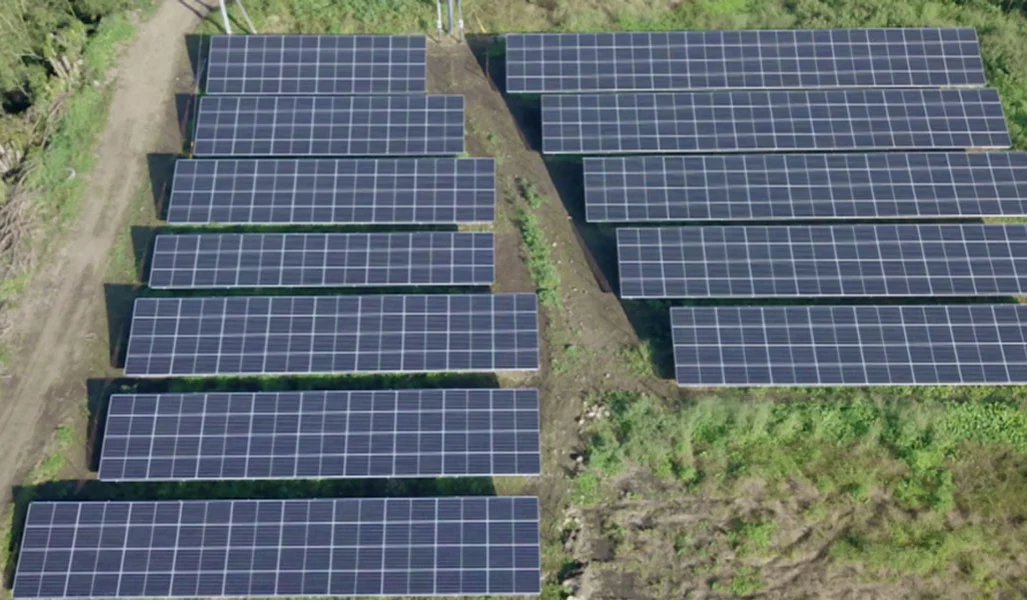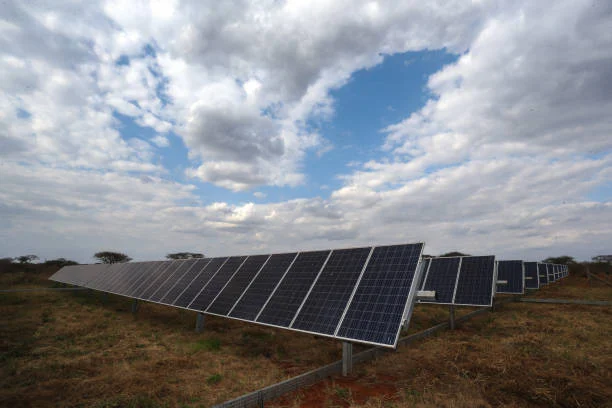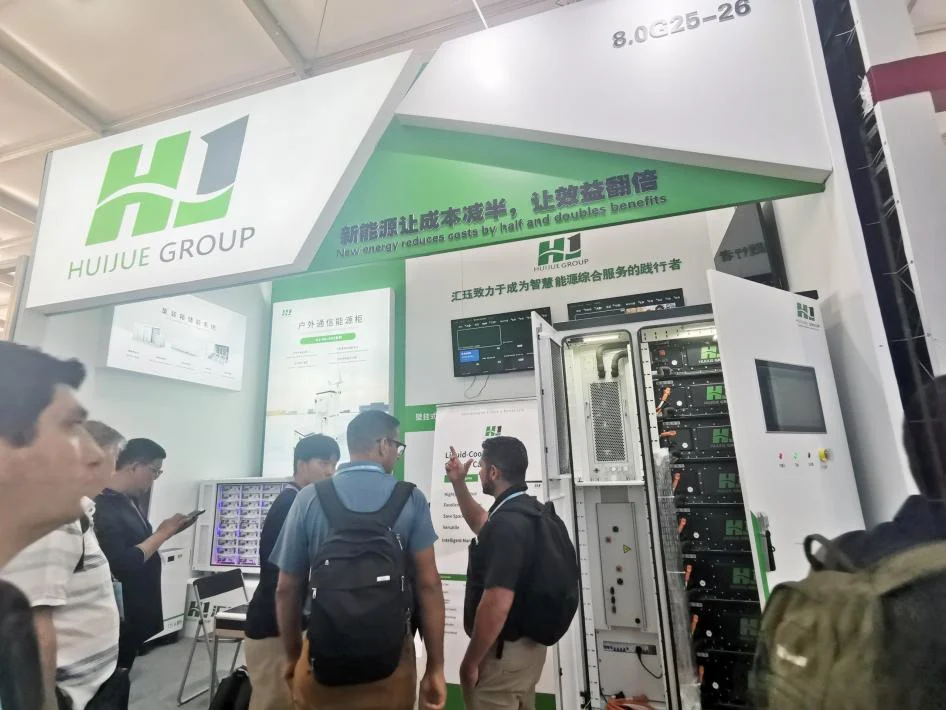2024-12-19
In this process, with the rapid development of the domestic photovoltaic industry, various solar cell technologies have continued to innovate. These solar panels, which are not too different in appearance with the naked eye, have somewhat different technologies inside. PERC, TOPCon, and BC battery technologies are widely discussed as the three mainstream technologies. The following will analyze these three technologies from the aspects of technical characteristics, development status, and future potential.
PERC battery, or passivation emitter and rear cell, was developed by Professor Martin Green's team of the University of New South Wales in Australia in the 1980s. Around 2010, PERC technology gradually realized large-scale commercial applications. With its high efficiency and low cost, it quickly occupied the market. Currently, the market share is about 90%, becoming the absolute main force of the photovoltaic industry.

The core technology of PERC solar cells is the passivation at the back of the battery, which effectively enhances the light reflectivity and charge collection efficiency. Compared to the conventional crystalline silicon cells, PERC cells obviously raise the photoelectric conversion efficiency. Mass-produced PERC cells have reached an effective conversion rate of 23.5%, a step away from the theoretical limit of 24.5%.
Low cost: The production process of PERC batteries is relatively simple and suitable for mass production, which can reduce the unit power generation cost. Mature process: After years of technology iteration and marketing, the process of PERC batteries has been very mature, with high equipment compatibility.
Although PERC batteries dominate the market at present, there is little room for future improvement since they have already achieved near-theoretical efficiency limits. The photovoltaic industry has been moving toward higher requirements, and the dominance of PERC cells may face challenges.
The TOPCon cell, Tunneling oxide passivated contact cell, is a new battery technology based on N-type silicon wafers and is considered by many to be the main direction of the next generation of high-efficiency solar cells.
TOPCon cells achieve more efficient charge separation and collection by adding a tunneling oxide layer and a thin layer of polysilicon to the surface of the silicon wafer. This structure design effectively reduces the composite loss and greatly improves the photoelectric conversion efficiency.
TOPCon batteries have entered the mass production stage, and its market share is expected to further expand with the continuous optimization of the technology and a decline in production costs. TOPCon cells are likely to replace PERC technology in the mainstream position in the PV market in the next few years.
The BC battery, also called black silicon battery, is an emerging technology in the field of photovoltaic in recent years. It is also known as back contact battery, with the base type called IBC battery-cross-finger back contact battery. The most significant difference in this route compared with other crystalline silicon battery routes is that the emission stage, surface field, and metal electrode are all done on the back of the battery and distributed in a cross-fingered manner; the positive surface of the battery is not shielded by any grid line. Maximize the use of incident light, reduce optical loss, more effective power generation area, high conversion efficiency, and more beautiful appearance. Although not yet commercialized in large quantities, its potential cannot be ignored.
Black silicon technology enhances light absorption efficiency by reducing reflection losses through the formation of nanostructures on the surface of silicon wafers. In addition, BC batteries have a low temperature coefficient and a high low light response that maintains high power generation efficiency under a variety of environmental conditions.
At present, the BC battery is still in the stage of technical development and has not reached large-scale mass production. The design concept has huge potential for efficiency gain. After the technical challenges are resolved bit by bit, BC batteries may find their place in specific markets in the future.
The photovoltaic industry is developing rapidly at present, with all sorts of technologies blooming. With its mature process and low cost, PERC batteries are still the mainstream choice in the market, although the room for efficiency improvement is limited. In the context of the industry's pursuit of higher efficiency and lower cost, TOPCon batteries are rapidly emerging as a strong contender for the next generation of technology, with high efficiency potential and compatibility with existing production lines. The BC battery, due to its innovative design concept and superior performance, has become an important direction of exploration in the future.
From the current trend of technological development, it is an inevitable path for PERC technology to develop into TOPCon, while the BC battery breakthrough shall depend on technology maturity and commercialization processes. In the future, photovoltaic technology will further develop toward higher efficiency, reliability, and economic performance, with strong technical support.

Container Energy Storage Solutions: Enhancing Jordan’s Grid Stability Amid Policy Shifts

Hybrid Energy Systems in Jamaica: A Sustainable Solution for Energy Independence

Hybrid Energy Systems in Jamaica: A Sustainable Solution for Energy Independence

Solar and Energy Storage Cooperation Potential in Kenya: Future Green Technologies Redesign for Kenya in Renewables

Huijue Group attracted attention on the first day of the Canton Fair – folding photovoltaic containers became the focus